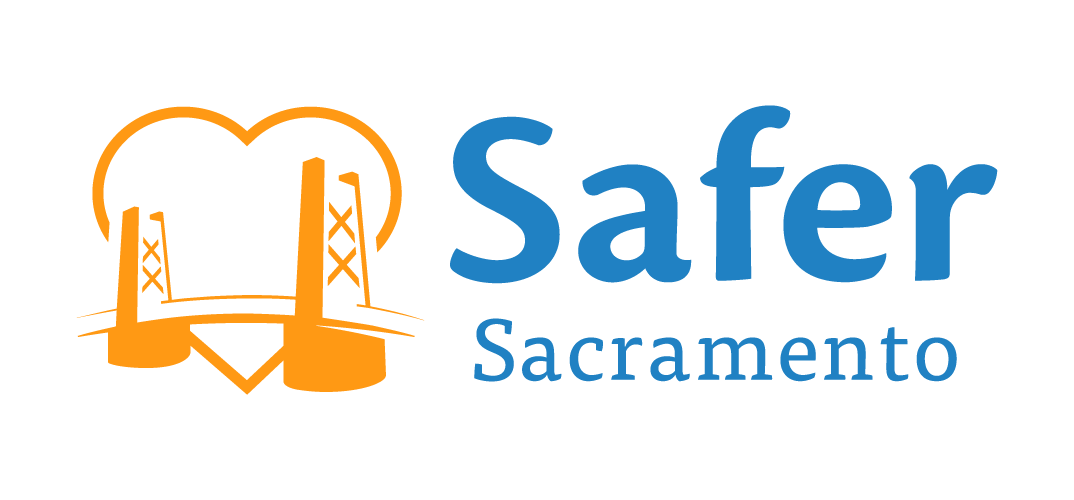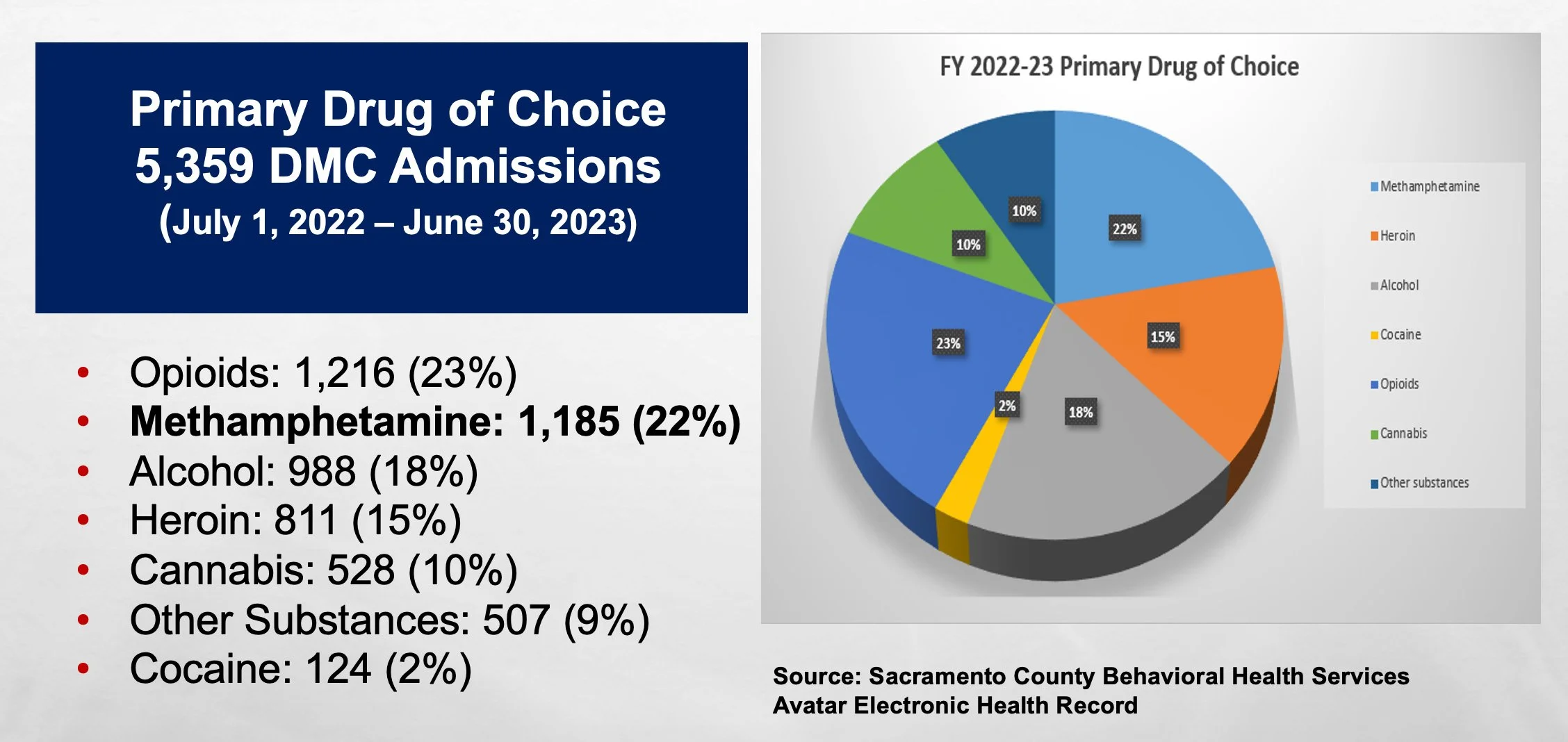Mitigating Meth’s Devastating Effects
Meth Intoxication Deaths Within Sacramento County
Methamphetamine, commonly known as meth, is a powerful and highly addictive stimulant that wreaks havoc on individuals, families, and communities. About 2 million people aged 12 years or older use meth in any given year, while about 500 people each day try meth for the first time. Overall use, overdose deaths, and arrests have sharply risen in recent years, leading to a public health crisis. However, amidst the challenges posed by methamphetamine use, there is hope.
Understanding the Problem
Methamphetamine, originally developed for medical purposes, has evolved into a pervasive illicit drug. Its rise is fueled by Mexican drug trafficking organizations and clandestine laboratories, where the drug is synthesized using readily available and inexpensive ingredients. Because meth is so cheap to produce, it is widely circulated on the streets as an affordable potent drug, popular for the rapid rush of dopamine it delivers to the brain along with increased energy and euphoria. However, methamphetamine is classified as a Schedule II drug, which means it has a high potential for abuse and can lead to severe psychological or physical dependence.
The Devastating Effects
Taking even small amounts of methamphetamine can result in many of the same health effects as those of other stimulants, such as cocaine or amphetamines. Effects can include rapid and/or irregular heartbeat, increased blood pressure, memory loss, hyperthermia, convulsions, and cardiac arrest. Prolonged use of meth can have serious and dangerous consequences, including skin sores, severe dental problems, paranoia, hallucinations, changes to the brain, and damage to other vital organs.
The rate of fatal overdoses involving meth and other stimulants has increased significantly. Contributing to the rise in the overdose rate is an increased likelihood that meth is contaminated with fentanyl. The share of all meth-related overdose deaths involving fentanyl more than quadrupled from 2015-2019, from 7% to 31%.
Sadly, the consequences of methamphetamine substance use disorder extend beyond the individual, impacting families, relationships, and communities. Increased crime rates, strained social services, and the breakdown of familial structures are often observed in areas grappling with methamphetamine addiction.
Treatment and Recovery
Methamphetamine addiction is a complex issue, stemming from various factors, including genetic predisposition, environmental influences, and socio-economic conditions. While there are no government-approved medications to treat methamphetamine addiction, a multifaceted approach can make a positive impact:
Outreach and Stigma Reduction:
People with meth-related substance-use disorder rarely receive treatment and often have a co-occurring mental illness that often also goes untreated.
Family engagement and education are paramount to creating an environment of understanding, empathy, and connection.
Therapeutic Approach:
Cognitive-behavioral therapy (CBT) and contingency management, or motivational incentive programs, have shown promise in addressing the behavioral aspects of methamphetamine addiction.
Support groups and counseling play a crucial role in providing individuals with the tools and coping mechanisms necessary for lasting recovery.
Community Engagement:
Building a supportive community is integral to the recovery process. Local organizations, recovery groups, and community resources play a vital role in helping individuals reintegrate into society.
Collaborating with local organizations and law enforcement to address the root causes of drug abuse including examining factors such as socioeconomic and racial disparities can lead to positive outcomes.
Holding Onto Hope
As we confront the methamphetamine epidemic, recognizing the collective responsibility we share in combating this threat to our well-being is essential. Community education, along with treatment and support for those affected, are critical components of a comprehensive approach. Together, we can build a brighter future for our friends, family, and neighbors!



